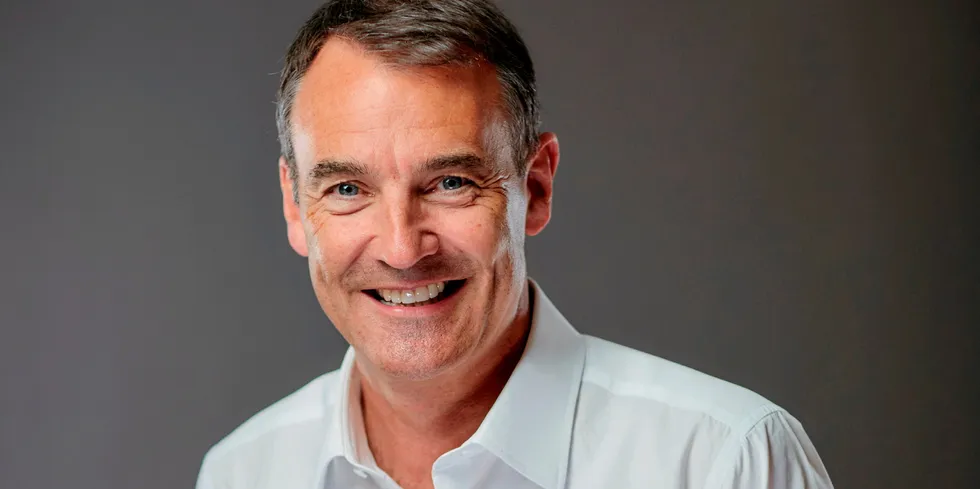BP: Oil may have peaked as renewables dominate world's energy future
Fossil giant's latest outlook says 550GW of wind and solar could be added annually and oil demand may never recover

Fossil giant's latest outlook says 550GW of wind and solar could be added annually and oil demand may never recover
